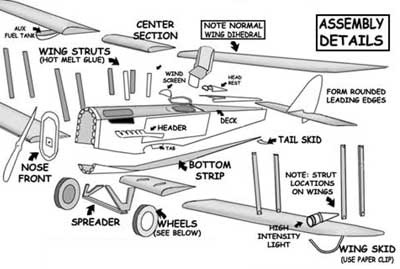


Airco De Havilland DH.4 Light Bomber and Air Mail Plane
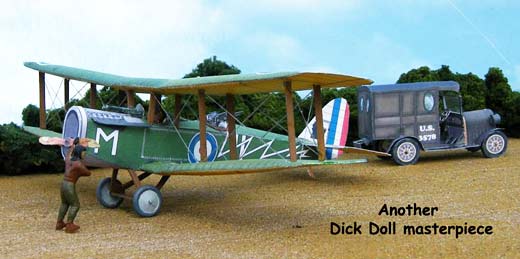
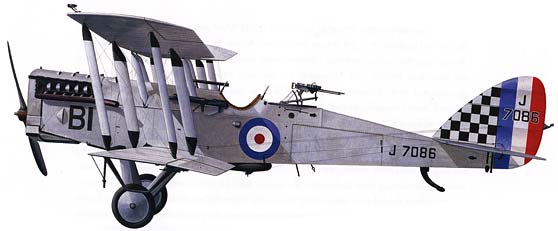
The DH.4 was the first purpose-deisnged British bomber, and was one of the most successful aircraft of WWI. After its first flight in August 1916, the DH.4 was transformed by the Rolls-Royce Eagle engine, which enabled the aircraft's performance to match that of contemporary fighters. Nearly 7000 were built and production continued after the war, when several air forces, together with early airlines, retain the DH.4.
A beautiful, beautiful plane, Chip, and I just love
having the bonus mail truck to go with it. Is there any chance the DH-4 will be offered in a smaller scale to be compatible with your other WWI birds? Glad to see you back, and the new website is really nice! Ray
OUTSTANDING!!!! Joe Poitras
De Havilland DH-4
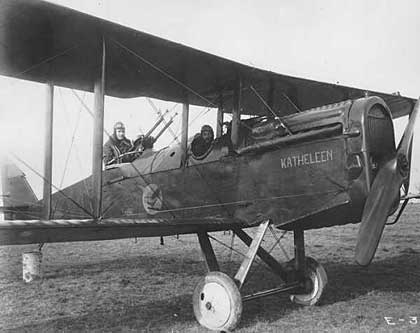 Designed in Britain in 1916 by geoffrey de Havilland, the DH-4 not only served on every front where the Royal Flying Corps was engaged, but it was also built in the United States for the American Expeditionary Force Air Service' In fact, it was the only aircraft built in the United States to see combat in World War I.
Designed in Britain in 1916 by geoffrey de Havilland, the DH-4 not only served on every front where the Royal Flying Corps was engaged, but it was also built in the United States for the American Expeditionary Force Air Service' In fact, it was the only aircraft built in the United States to see combat in World War I. Though designed in 1916, the DH-4's entry into service was delayed until l9I7 by the search for an ideal engine. This turned out to be the Rolls Royce Eagle VII, which was a water-cooled V-12 delivering 375 horsepower. As both an observation aircraft and a bomber, the DH-4 was widely used by the British. When the Americans entered the war in April 1917, it was pressed into service by the American Expeditionary Force and selected for production in the United States.
The American production of the DH-4 was undertaken by Dayton-Wright, a new company formed by automobile executives from General Motors, Hudson, and Packard who employed Orville Wright as a consultant. Their idea was to bring auto industry mass production techniques into aviation-a plan that was more difficult than they anticipated.
The first "sample" DH-4 arrived in the United States in July 7917, but it was not until February 1918 that the first nine Dayton-Wright-built DH-4s rolled off the assembly line. By October 1918, production reached 1,000 aircraft a month.
Although the DH-4 was in combat for just under four months, it proved equal to other combat aircraft on the western front The American-built DH-4, was a very serviceable and potent adversary' capable of outrunning all but the fastest German fighters Of the six Medals of Honor awarded to aviators during the First World War, four were awarded to pilots and observers flying DH-4s.
With less than 200 Dayton-Wright DH-4s arriving in France. This entire inventory was destroyed rather than shipped home in a disastrous display of waste that was dubbed the "Billion-Dollar Bonfire."
A total of 4,846 were built by Dayton-Wright through the middle of 1919, and they remained on duty 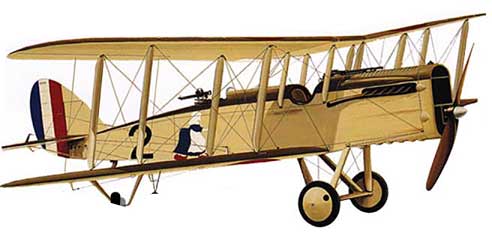 with the U.S. Army, U.S. Marine Corps, U.S. Post Office Department, and the Border Patrol until as late as 1932.
with the U.S. Army, U.S. Marine Corps, U.S. Post Office Department, and the Border Patrol until as late as 1932.
The DH-4 had a wingspan of 42 feet 5.5 inches and a length of 30 feet 8 inches for the British version and 29 ft 11 in for the Dayton-Wright variant.
The British DH4 weighed 3,472 pounds, and the Dayton-Wright machine had a gross weight of 3,582 pounds. While the British DH.4 was powered by the Rolls Royce Eagle engine, Dayton-Wright used the ubiquitous American-made 400-horse-power Liberty 12. The two engines provided top speeds of 143 miles per hour and 124 miles per hour, respectively. Service ceilings were listed at 23,500 feet & 19,500 feet.
A War Veteran's New Lease on Life
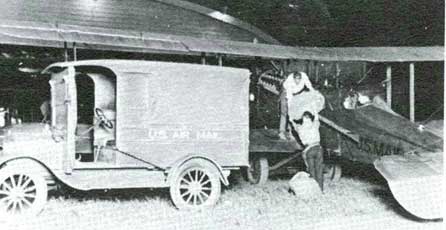 The offer was simply too good to refuse. The Army would turn over to the postal service 100 surplus World War I de Havillands, complete with spare parts and extra Liberty engines, that could be used to fly the mail. But there was a catch: The D.H.4s had severe limitations as mail carriers. The problems with the British-designed D.H.4 were traceable to its military origins.
The offer was simply too good to refuse. The Army would turn over to the postal service 100 surplus World War I de Havillands, complete with spare parts and extra Liberty engines, that could be used to fly the mail. But there was a catch: The D.H.4s had severe limitations as mail carriers. The problems with the British-designed D.H.4 were traceable to its military origins.
As a bomber and a reconnaissance plane,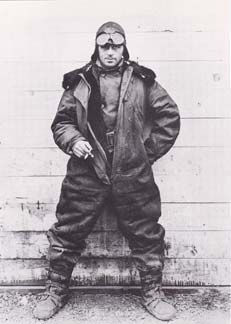 it had been used mainly for short flights at high altitudes-not for the long-distance, low-altitude hauls that were the mailplane's stock in trade. Worse, the D.H.4 was lightly constructed; its builders had not anticipated a protracted life span for the plane. The onetime bomber was neither strong enough to carry a heavy mail load nor reliable enough to fly on a tight schedule.
it had been used mainly for short flights at high altitudes-not for the long-distance, low-altitude hauls that were the mailplane's stock in trade. Worse, the D.H.4 was lightly constructed; its builders had not anticipated a protracted life span for the plane. The onetime bomber was neither strong enough to carry a heavy mail load nor reliable enough to fly on a tight schedule.
The Air Mail Service hired four aircraft firms to work out design modifications and then set up its own refitting shops to make over the D.H.4s. At these depots the planes-many of which arrived in their wartime shipping crates-were rebuilt from the ground up.
The fabric cover gave way to a birch plywood skin that acted as reinforcement. The original plane had two cockpits-a forward one for the pilot and another for a gunner. In the conversion the pilot's station became a mail compartment and the gunner's position was remodeled into a full-fledged cockpit. A conventional control stick, favored by the pilots, replaced the wheel-type control column. The wooden prop was metal tipped to prevent damage to the blades.
The Liberty engines were stripped and given new piston rings, bearings and heavy stub-toothed gears, thus ensuring more efficiency and reducing the frequency of engine failures that had plagued the Army planes.
The effort paid off: For almost eight years the D.H.4 served as the workhorse of the Air Mail Service. And the pilots who flew it, many of whom went on to become airline captains, never lost their warm affection for the old plane.
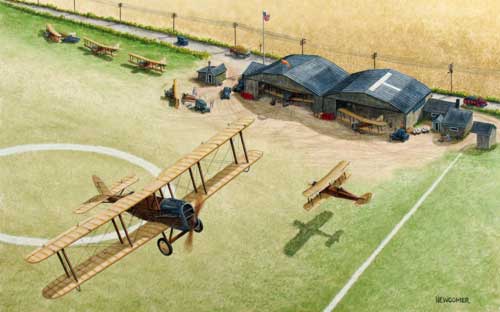 |
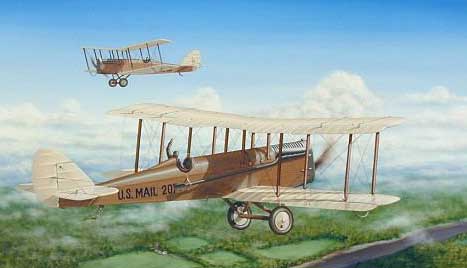 |
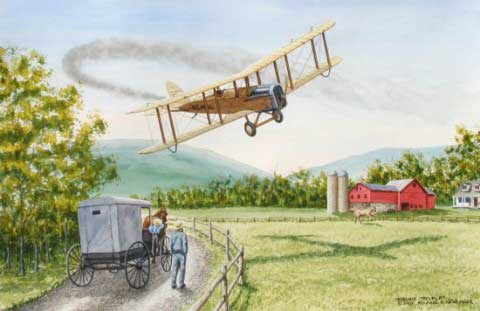 |
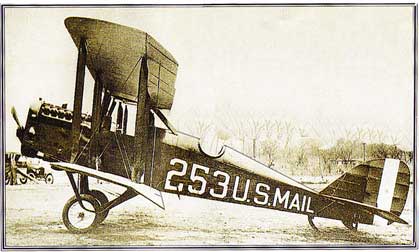 The De Havilland DH-4 was utilitarian first and pretty.. a distant second |
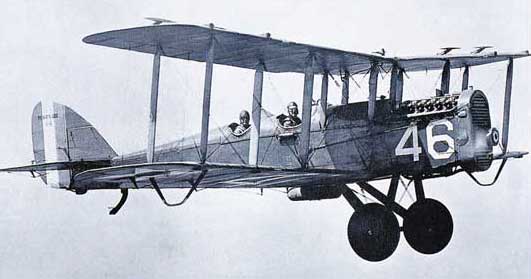 |
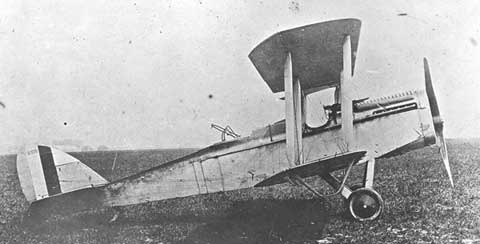 |
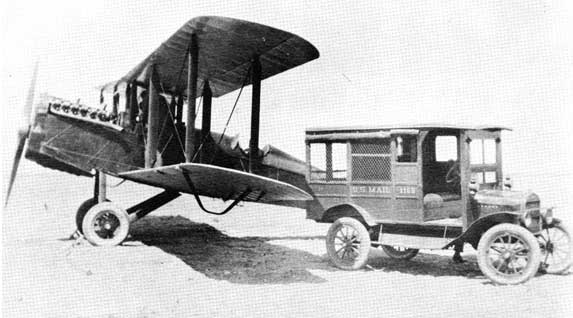 |
|
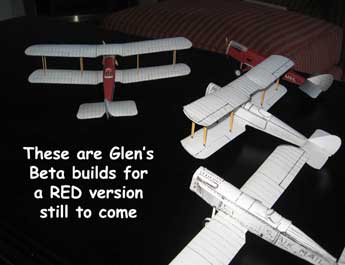
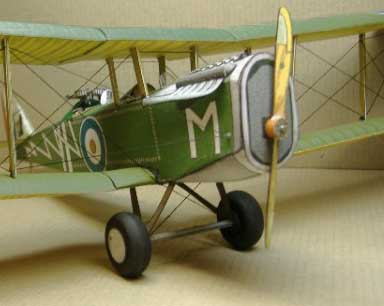 |
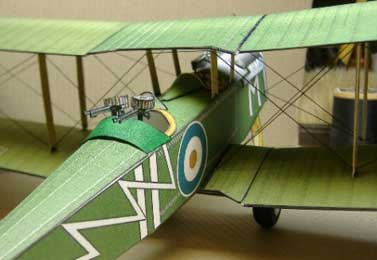 Modeln' Pal, Bob Martin, sent in these photos of his DH-4 along with a couple suggestions for better fits.. Thanks Bob Modeln' Pal, Bob Martin, sent in these photos of his DH-4 along with a couple suggestions for better fits.. Thanks Bob |
AIR MAIL
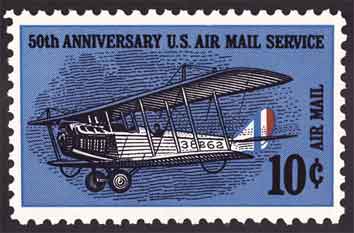 The US Air Mail department's decision to carry American airmail in own planes appeared doomed from the beginning. The trouble started when the first edition of the new twenty-four-cent airmail stamps came off the press with an ominous misprint: several sheets of the commemorative stamps were printed with the artwork inverted, so that they seemed to portray a Post Office airplane flying along peacefully upside down, and a lucky collector managed to buy a sheet of them before anyone noticed the mistake.
The US Air Mail department's decision to carry American airmail in own planes appeared doomed from the beginning. The trouble started when the first edition of the new twenty-four-cent airmail stamps came off the press with an ominous misprint: several sheets of the commemorative stamps were printed with the artwork inverted, so that they seemed to portray a Post Office airplane flying along peacefully upside down, and a lucky collector managed to buy a sheet of them before anyone noticed the mistake.
The situation worsened on May 15...the scheduled date for what was supposed to be the maiden flight over a route connecting Washington, D.C.,Philadelphia, and New York. The takeoff was delayed for about thirty minutes because the pilot couldn't to get his engine to turn over. Eventually someone noticed that there was no gas in the airplane's fuel tank. The plane finally took off, and the audience, which included an impatient President Wilson, breathed a sigh of relief that was cut short when it was discovered that the pilot was flying in the wrong direction. He ended up about twenty-five miles south of Washington, in Waldorf Maryland, and his load of mail had to be shipped to its destinations by train.
The Post Office luck changed somewhat in the years that followed, but its flight record was more than occasionally marred by mishap and even tragedy. Thirty-one of the department's first forty pilots had been killed by 1925, the year private airlines took over airmail contracts. In the words of Dean Smith, an early Post Office flier. "the airmail was a club, and only pilots desperate to fly would join it.
Passage 1n 1925 of the Kelly Bill, a piece of legislation designed to promote commercial aviation, authorized the transfer of airmail routes to private airlines, and the terms were so profitable that the government received an overwhelming number of applications, many of them from companies formed on the spur of the moment.
The Kelly Bill was followed by the Air Commerce Act of 1926, the first legislation in this country pertaining to civil aviation. By the end of September 1927,domestic airmail routes were handled exclusively by private airlines, and commercial aviation had been given a much needed boost.
Specifications for the de Havilland (Air-co) DH.4
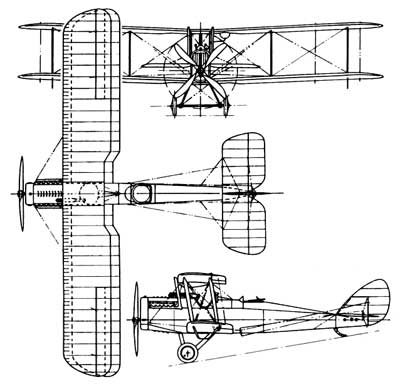 |
Crew: 2 Length: 30 ft 8 in Wingspan: 43 feet 4 in Height: 11 ft Wing area: 434 ft² Empty weight: 2,387 lb Loaded weight: 3,472 lb Powerplant: 1× Rolls-Royce Eagle VII inline liquid cooled piston, 375 hp Performance Maximum speed: 143 mph at sea level Range: 470 mi Endurance: 3¾ hr Service ceiling: 22,000 ft Rate of climb: 1,000 ft/min Wing loading: 8 lb/ft² Power/mass: 0.108 hp/lb Climb to 10,000 ft: 9 min Armament Guns: Forward-firing .303 in (7.7 mm) Vickers machine gun, Lewis gun on Scarff ring at rear Bombs: 460 lb of bombs |
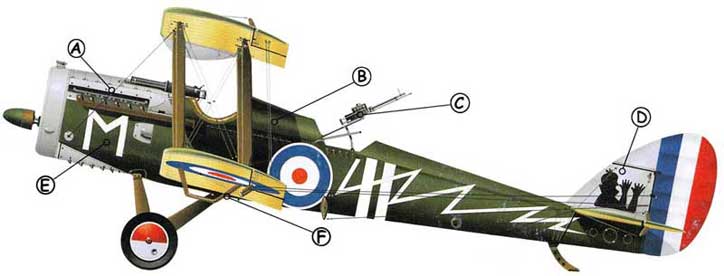 |
||
| A: American interest in the DH.4 was high. Built by Dayton-Wright aircraft, Fisher body and Standard Aircraft. | B: The placement of the main fuel tank between the pilot and the gunner proved a disadvantage, as it hampered in-flight communication. It was also prone to catching fire if hit by enemy guns, earning the aircraft the nickname 'The Flaming Coffin'. | C: DH.4s were defensively and offensively well armed. RNAS aircraft carried two forward-firing 7.7-mm (.303-calibre) Vickers machine guns above the engine (RFC machines carried only one) and one or two 7.7-mm Lewis machine guns in the rear cockpit. |
| D: The DH.4 was a conventional two-bay biplane with a wood and fabric structure, although its forward fuselage was skinned with plywood for strength. The tailplane was adjustable, allowing the pilot to trim the aircraft in flight. | E: Originally meant to be powered by an uprated Beardmore engine of 160 hp, the first DH.4 actually flew with a 230 hp BHP powerplant. However it was Rolls-Royce's 249 hp Eagle 12-cylinder engine that took the DH.4 to fame. | F: Underfuselage/wing bomb racks on the DH.4 had a 460-lb capacity. As No. 55 Squadron, Royal Flying Corps received its first aircraft, Royal Naval Air Service examples were also being delivered. |
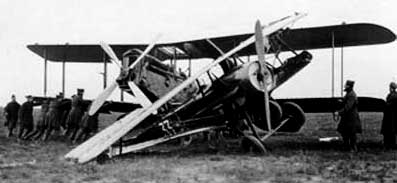 |
| In this ground collision a taxing DH.4 ran into the parked Spad S.XIII. |



